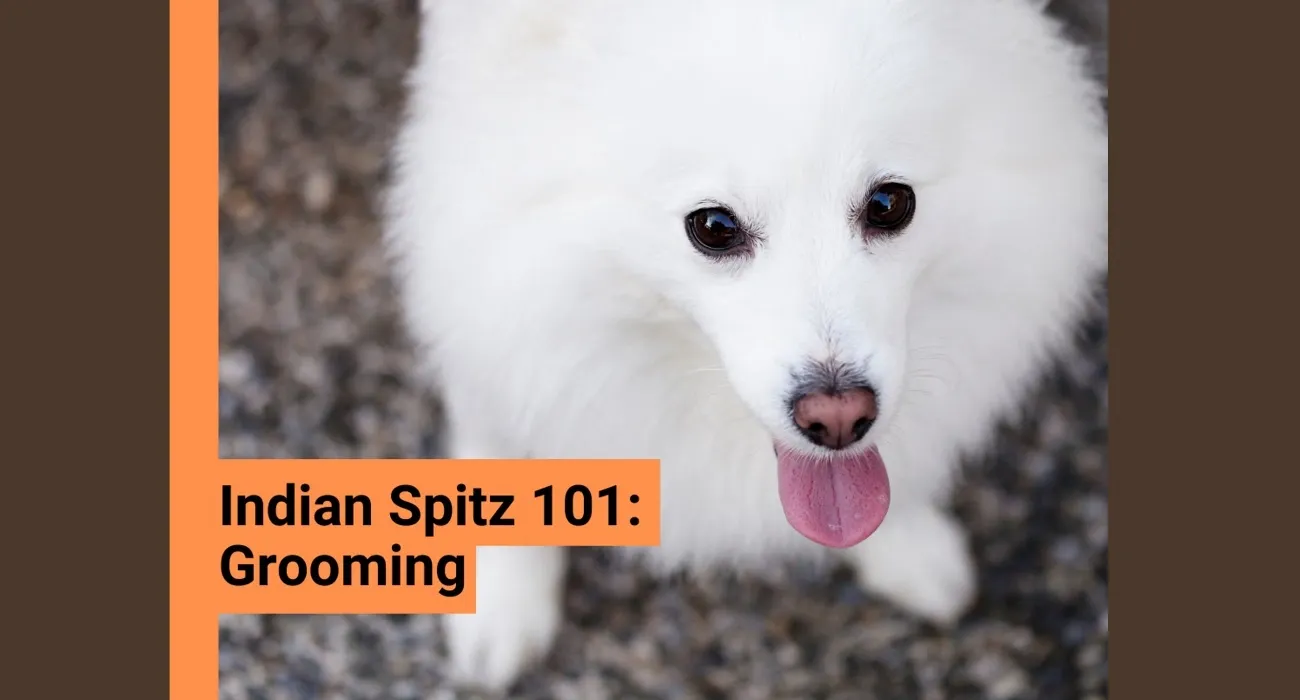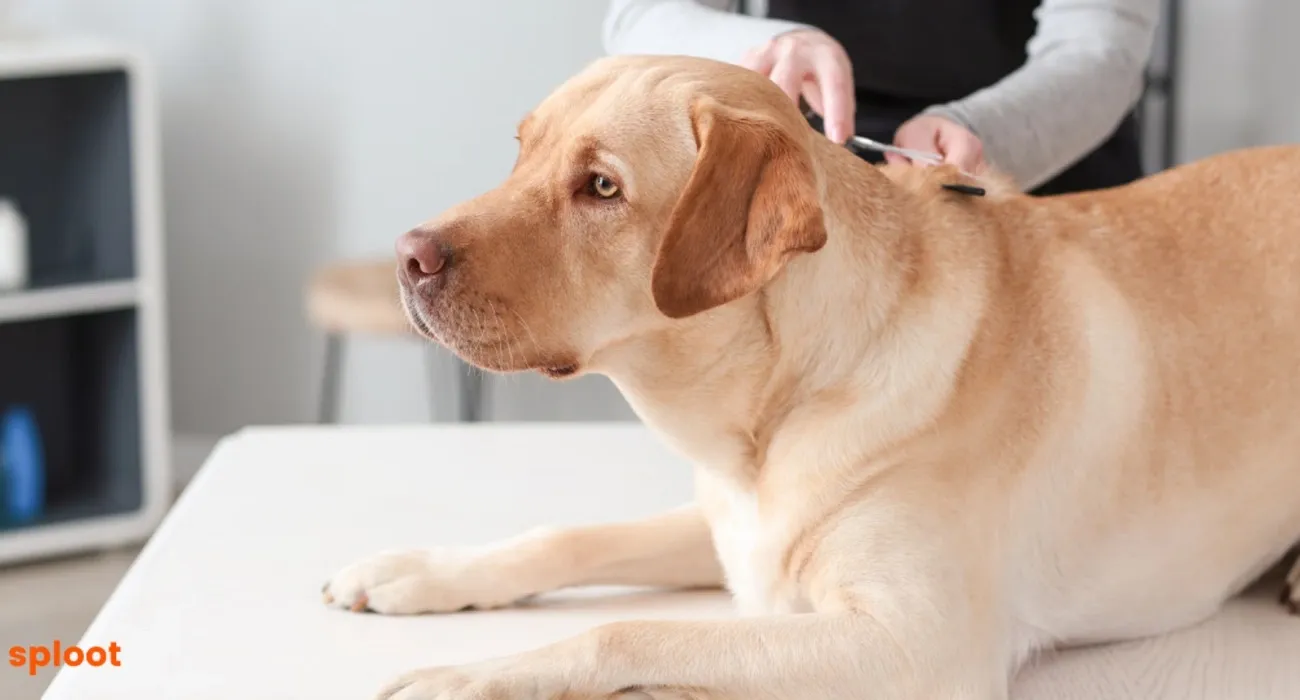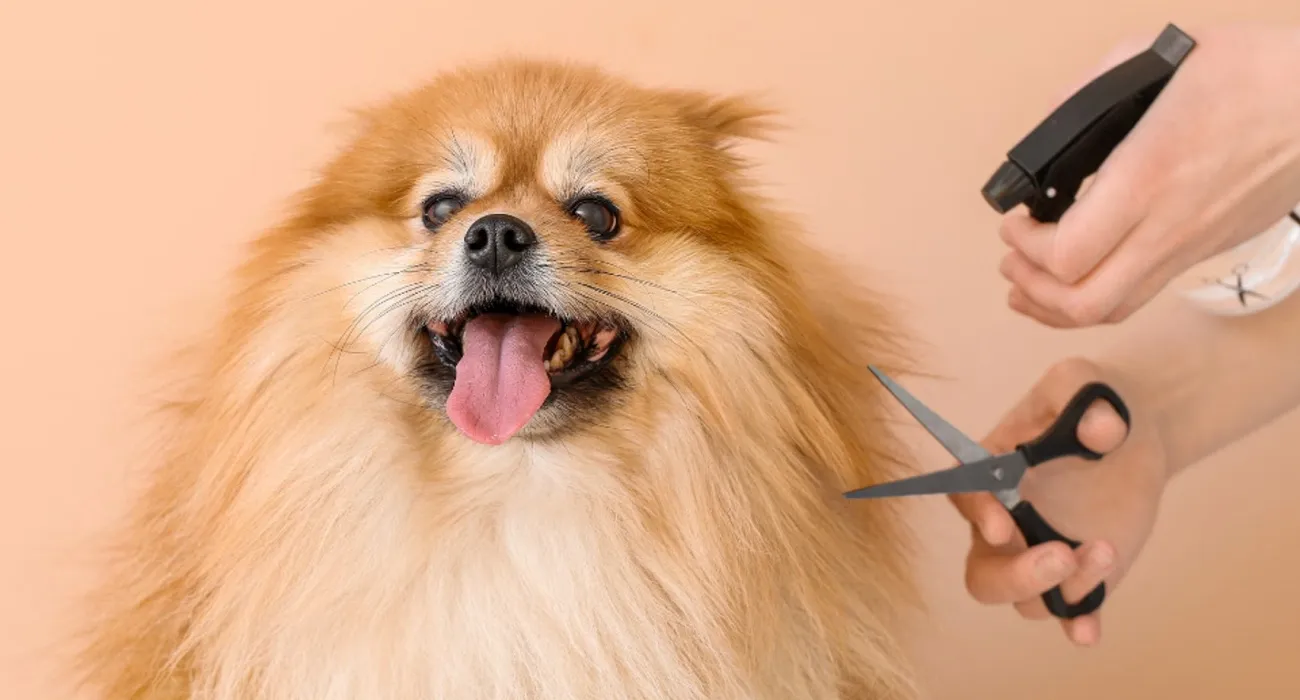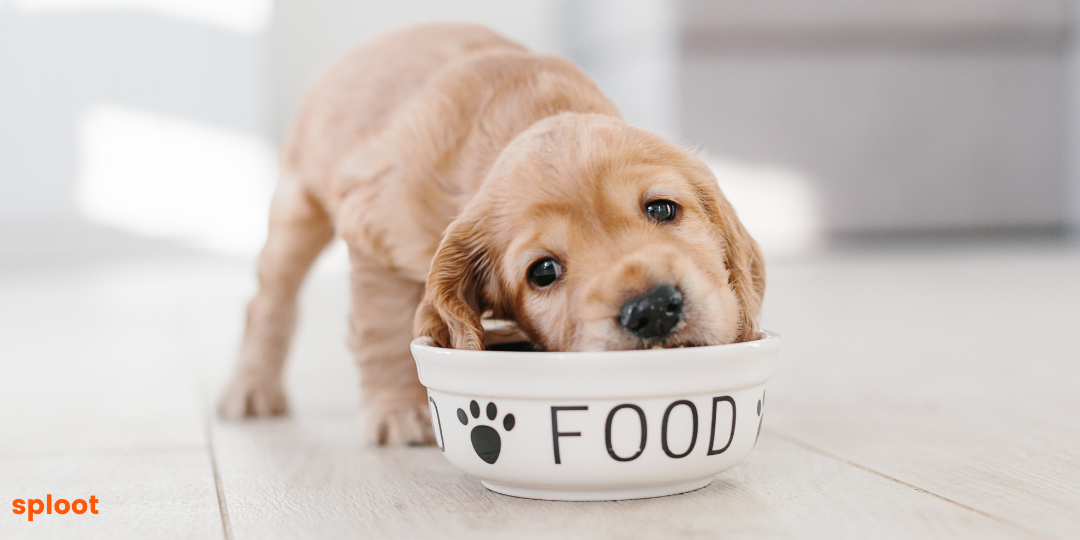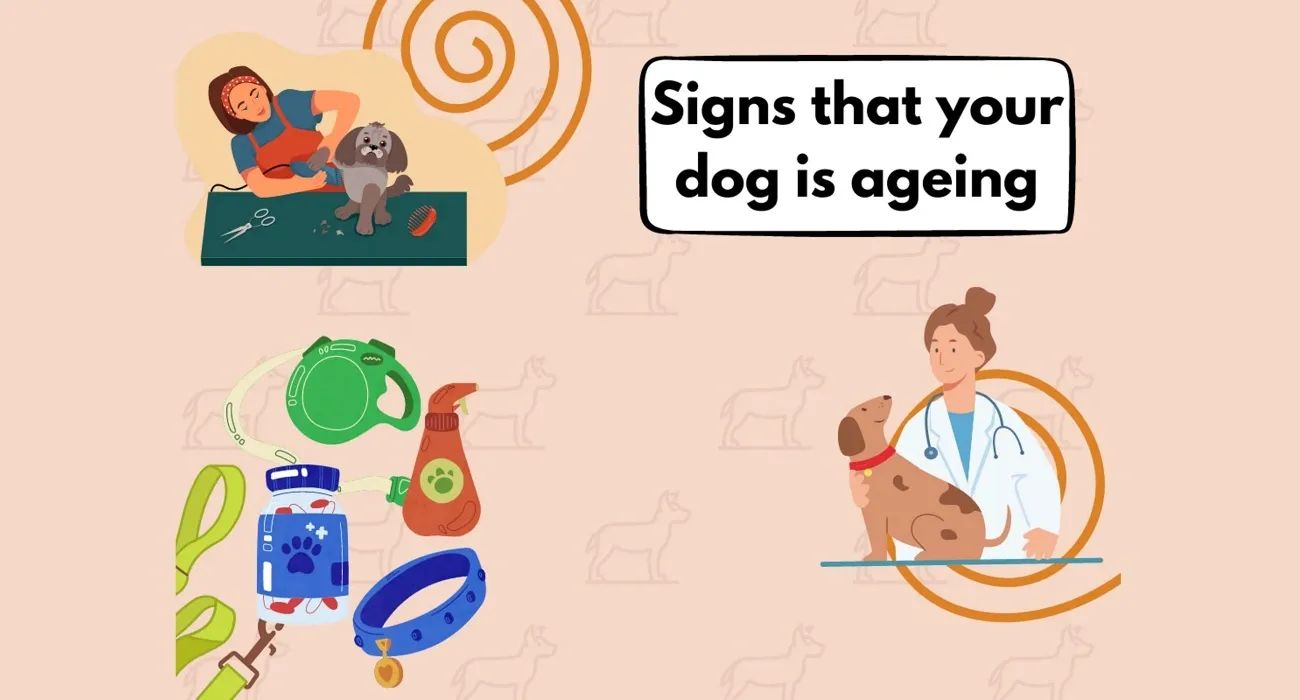Bathing a dog isn’t a one-routine-fits-all thing — it depends on factors like breed, coat type, and level of their daily activities. The worst part? Many dogs don't like baths, which makes this entire process literally soaking wet for the parent. Nevertheless, a dog bath is important.
Now, short-haired breeds can do with a wash once a month, but our long-haired stars or active dogs need to get under the shower regularly. If you're concerned about "how often should I bathe my dog", then we come bearing help! Let's get into the details about how often should dogs be bathed along with dog grooming tips.
How often Should I Bathe My Dog?
Pet parents, especially those who are into first-time pet parenting, struggle with the query, "how often should I bathe my dog?” Well, the straightforward answer is, it isn’t the same for every pup. A dog’s breed, coat type, and daily routine all determine how frequently they need a bath. Let’s check more on this-
Breed and Coat Type
Short-haired breeds, such as Dobermans, Labradors, and Boxers, require fewer baths since their coats don’t trap as much dirt. In contrast, long-haired breeds like Shih Tzus or Afghan Hounds need frequent baths to prevent matting and tangling.
Again, double-coated breeds, such as Huskies and Golden Retrievers, have self-cleaning fur that repels dirt, so excessive washing can strip their natural oils.
Coat Condition
Breeds with oily coats, like Basset Hounds, Cocker Spaniels, and English Bulldog, need dog bathing every few weeks to prevent excessive grease buildup. Dogs with dry or sensitive skin should be bathed less frequently, using hypoallergenic shampoos to avoid irritation.
If you’re wondering, "how often should I bathe my short-haired dog", the answer depends on skin health and exposure to dirt rather than coat length alone.
Lifestyle and Activity Levels
An active dog that enjoys rolling in the dirt or grass, splashing through puddles, or hiking may need a consistent bathing schedule compared to a 'mostly' indoor pet. Swimming in lakes or the ocean exposes a dog’s coat to salt and bacteria, requiring rinsing after every swim.
Alternatively, a city dog with limited outdoor exposure only needs occasional grooming.
Health and Skin Considerations
Dogs with allergies, dermatitis, or skin infections require specialized bathing routines, often recommended by a vet. Medicated shampoos help soothe irritation and prevent further complications. If a dog has chronic skin conditions, overbathing can worsen symptoms.
Age of Your Dog
Puppies should be bathed sparingly to retain their natural oils and protect delicate skin. For senior dogs, bathing should be gentle and less frequent, considering their skin sensitivity and potential mobility issues. If they struggle with standing for long periods, quick wipe-downs between baths are a good idea.
Seasonal Considerations
Summer Bathing Needs
Warmer months mean more outdoor time, leading to sweaty paws, dust buildup, and skin irritation. For pet parents thinking, how often should I bathe my dog in summer — well, once every 1-2 weeks is recommended. Breeds with oily skin or frequent outdoor exposure may need more frequent rinses. Always use mild shampoos and post-bath hydration to keep their coat fresh.
Monsoon Challenges
Rainy weather brings muddy paws, damp fur, and that dreaded wet-dog smell. But instead of regular full baths, go for gentle rinsing of their paws and belly, followed by towel drying to keep dirt away. A damp coat can lead to infections, so proper drying is crucial after walks during wet days.
Winter Bathing Needs
Cold weather can dry out our dog’s skin. If you're asking, how often should I bathe my dog in winter, less is better — once a month is good to retain their body’s moisture. Use lukewarm water and dry them thoroughly with a towel or a low-heat blow dryer to prevent chills. Dry shampoos or grooming wipes really help between washes.
Dos and Don’ts of Dog Bathing
Dos
- A quick brush before bath time is an amazing way to remove loose fur and detangle knots, making dog bathing easier.
- Water that’s too hot or too cold can cause discomfort to our furry friends. A lukewarm temperature is what you need to keep bath time relaxing.
- Always use dog-specific shampoos that suit their coat and skin to prevent irritation or dryness.
- Towel-dry thoroughly and use a pet-safe blow dryer on a low setting to prevent dampness that can cause skin issues.
- Offer treats and reassurance to help your dog feel comfortable and stress-free while you bathe them.
Don’ts
- Over bathing can strip the natural oils of our dog's skin, leaving the skin dry and itchy. Bathe only as needed.
- Never use human shampoo, because the ingredients used in our shampoos can irritate our pup's skin, causing rashes and allergies.
- Don’t rush the rinsing step because leftover shampoo residue can lead to itching and skin conditions. So, always rinse thoroughly.
- While bathing a dog, skip their ears and eyes. Keep water and shampoo away from these sensitive areas to prevent infections.
- If your dog is anxious, calm them first with gentle petting, some words of
- encouragement or a walk to ease them and give them a stress-free bath time.
Busting Common Dog Bathing Myths
Dogs Need a Bath Every Week
Over-bathing sacks the skin from its natural oils, resulting in dryness and irritation. Most dogs do just fine with a bath every 4–6 weeks, though active or outdoor-loving pups may need a wash once a week sooner, especially during summers.
Short-Haired Dogs Don’t Require Bathing
Dirt, sweat, and odour don’t discriminate. Even short-haired breeds collect dust and allergens. So, a regular bathing routine is important for all dog breeds to remove debris and keep their coat fresh.
Water Alone Can Clean a Dog’s Coat Effectively
Rinsing with water removes surface dirt but won’t tackle oils, odours, or allergens. A mild, dog-friendly shampoo is necessary to clean their coat and keep them feeling fresh for long.
Bathing Removes All Beneficial Oils
Harsh shampoos and over-bathing disrupt the coat’s moisture barrier, but a gentle dog-safe shampoo cleanses them without stripping essential oils. A well-timed bath keeps the skin healthy and the fur soft.
Benefits of Regular Dog Grooming and Bathing
- Regular brushing and bathing remove dirt, and loose fur, keeping the coat shiny and reducing excessive shedding.
- Planned grooming sessions build on trust, comfort, and companionship, makes them feel more secure and loved, getting your pup used to being groomed.
- A clean dog smells fresh, and proper grooming lowers the risk of bacterial and fungal infections.
- Trimming nails regularly is necessary to prevent painful overgrowth and improve their mobility.
- Routine checks during grooming help spot skin infections, lumps, or parasites before they worsen.
Join the Sploot Community
As doting pet parents, caring for our pups is something we never take for granted. Our responsibilities cover understanding their ideal bath frequency and making sure that they enjoy their wash days; especially for pet parents who are figuring out how to bathe a dog that hates water. Stay ahead of their grooming needs with expert-backed tips and dog grooming services. Download the Sploot app to connect with pet parents, join AMAs, and explore our dog walking services. Don’t miss out on Pup Talks, exciting events, and follow Sploot on Instagram for more!
FAQs on Dog Bathing
How often should I bathe my short-haired dog?
In India's weather, it's best to bathe short-haired dogs after every 4 to 6 weeks, but it depends on their lifestyle and activity level. If they love rolling around outside or start smelling funky, a gentle wash sooner can help.
How long does a typical dog bath take?
A quick dog bath usually takes around 15–30 minutes, while a thorough wash with brushing and drying can take up to an hour or more.
Is dog bathing different for puppies and adult dogs?
Yes, of course! Bathing a puppy is way different from bathing an adult dog since their skin is more delicate and needs a gentle, puppy-friendly shampoo. Plus, you need to take extra care with puppies as they are not used to the bathing process.
Is dog grooming and dog bathing the same?
No, dog grooming and dog bathing aren’t the same. Dog grooming includes brushing, nail trimming, ear cleaning, and even haircuts, while bathing is just about washing your pup’s coat with shampoo and conditioner to keep them clean.



